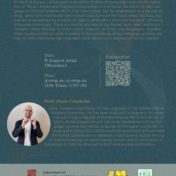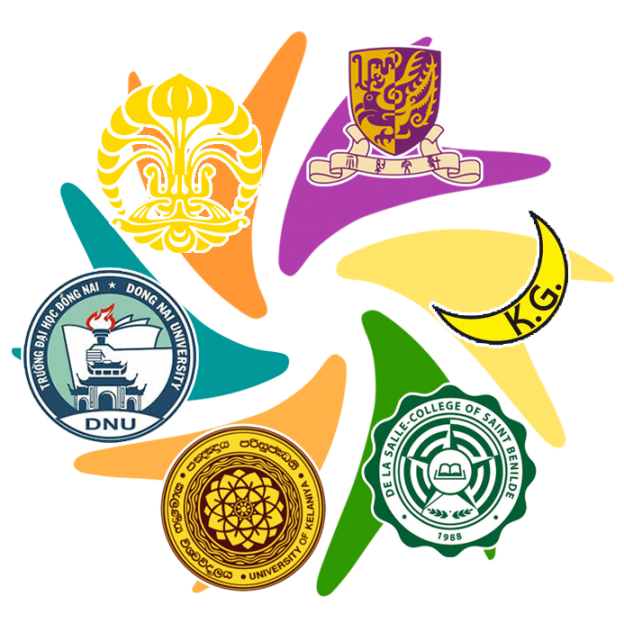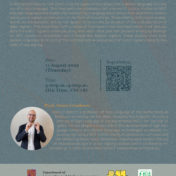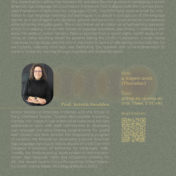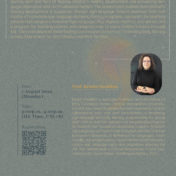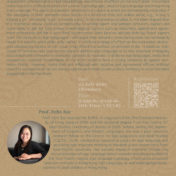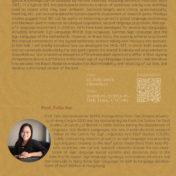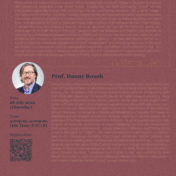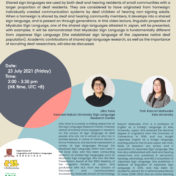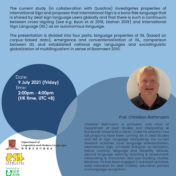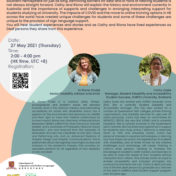Click HERE for the presentation video with sign interpretation. In this first lecture. I will present in detail the findings of some older work on the realisation of ‘focus’, emphasised linguistic information in a sentence. We found for Sign Language of the Netherlands (NGT) that information can be emphasised in a… Read more »
Click HERE for the presentation video with sign interpretation. In this second lecture, I will zoom in on the question how important a spoken language is in the use of a sign language. This may seem like a paradox, but a series of corpus studies on NGT and sign languages like… Read more »
Click HERE for the presentation video with sign interpretation. This presentation outlines the rationale for and describes the process of developing a parent American Sign Language (ASL) curriculum framework that is aligned with the Common European Framework of Reference for Languages (CEFR). The CEFR holds much promise for innovation in sign… Read more »
Click HERE for the presentation video with sign interpretation. This presentation discusses the importance of sign language in early childhood for supporting deaf and hard-of-hearing children’s healthy development and preventing language deprivation and communication neglect. The presentation outlines how children’s literacy development is supported through sign language. Data is reported from… Read more »
Click HERE for the presentation video with sign interpretation. In this talk, I will discuss whether and to what extent the semantic (non-)reversibility of the agent and patient referents and verbal morphology would have an effect on the word order in a simple transitive event in elicited data in Sri Lankan… Read more »
Click HERE for the presentation video with sign interpretation. Depending on the types of abilities and grammatical aspects, language proficiency and linguistic knowledge can be assessed by various methods, including sentence repetition tests (SRT). In a typical SRT, the participants listen to a series of sentences one by one, and they… Read more »
Click HERE for the presentation video with sign interpretation. This webinar provides a historical overview of the development of the ASL-English interpreter profession and educational programs in the United States. Traditionally, the Deaf community “raised” its own interpreters organically through the mentoring of its own community members—the original “village.” The rapid… Read more »
Click HERE for presentation video with sign interpretation. Shared sign languages are used by both deaf and hearing residents of small communities with a larger proportion of deaf residents. They are considered to have originated from homesign: individually created communication systems by deaf children of hearing non-signing adults. When a homesign… Read more »
Click HERE for presentation video with sign interpretation. The current study (in collaboration with Quadros) investigates properties ofInternational Sign and proposes that International Sign is a bona fide language thatis shared by deaf sign language users globally and that there is such a continuumbetween cross-signing (see e.g. Byun et al 2018, Zeshan… Read more »
Click HERE for presentation video with sign interpretation. The Deaf Student Support Program at Griffith University has been in existence for over 36 years and has been a leader in Higher education Supports for Deaf and hard of hearing students within the southern hemisphere for just as long. Removing barriers… Read more »
